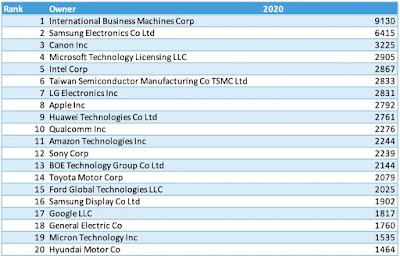Is Trade Secret a Good Strategy? A Trade Secret Assessment
The most widely identified Trade Secret is, of course, Coke Cola. (The original formula included caffeine and cocaine – thus the name – but that is a different discussion!) In 1903, cocaine was removed, leaving caffeine as the sole stimulant ingredient, and all medicinal claims were dropped. But the Coke-a-Cola trade secret lives on. Sections below: Most Widely Acknowledged Trade Secrets. Our Trade Secrets Assessment Tool. Trade secrets definition and law (UTSA). Most Widely Acknowledged Trade…


